UPSC Daily Current Affairs: 29th January 2025 | Current Affairs & Hindu Analysis: Daily, Weekly & Monthly PDF Download
GS1/Indian Society
Substantive Equality in Child Marriage Laws
Source: The Hindu
Why in News?
Recent discussions highlight the disparity in marriage age laws, where men are allowed to marry at 21, while women can marry at 18. This suggests that the legal age for marriage should be standardized at 18 for both genders to ensure equality.
- 23.3% of women aged 20-24 were married before the age of 18, showing a slight decline from previous years.
- Child marriage prevalence varies across states, with Bihar at 40.8% and Kerala at just 6.3%.
- Legal reforms are needed to standardize the age of marriage and strengthen enforcement against child marriage.
Additional Details
- National Data: The National Family Health Survey-5 (NFHS-5) conducted from 2019 to 2021 indicates a decline in child marriage but still reveals significant numbers, with 23.3% of women married before 18.
- Gender Disparity: Boys also face child marriage; 17.7% of men aged 25-29 were married before the age of 21, emphasizing the need for comprehensive solutions.
- Legal and Cultural Factors: Existing laws need to be uniformly enforced, and community education campaigns are essential to combat deep-rooted cultural practices that perpetuate child marriage.
- Judicial Responses: Key judgments, including the Independent Thought v. Union of India (2017) and decisions by the Allahabad High Court, underscore the need for gender equality in marriage laws.
To effectively combat child marriage, it is crucial to strengthen legal frameworks, ensure uniformity in the age of marriage, and engage communities in awareness and education efforts. Addressing the social, cultural, and economic factors contributing to child marriage will facilitate meaningful change.
GS3/Environment
Why meteorologists are comparing Storm Eowyn to a bomb?
Source: Deccan Herald
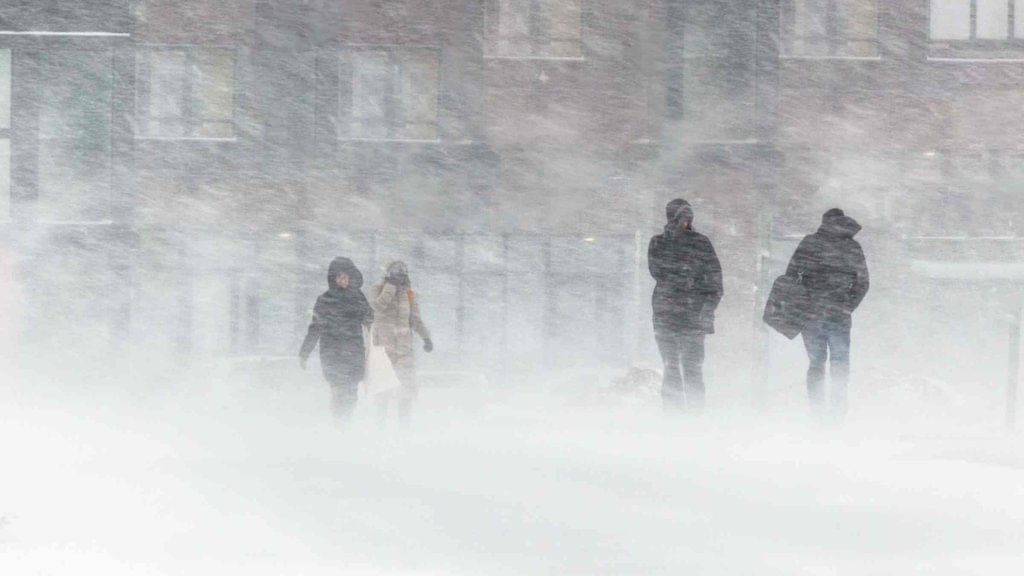 Why in News?
Why in News?
Storm Éowyn has impacted the British Isles, bringing extremely strong winds, particularly affecting Ireland and Scotland. Meteorologists are drawing comparisons to a "bomb cyclone" due to its rapid intensification and severe weather characteristics.
- Storm Éowyn is classified as a "bomb cyclone" due to a significant drop in air pressure.
- Wind gusts exceeded 100 mph, with major disruptions reported across affected regions.
- The storm's development was influenced by a strong jet stream and temperature contrasts.
- Concerns about the impact of climate change on extreme weather patterns are being raised.
Additional Details
- Explosive Cyclogenesis: Storm Éowyn experienced a drop in air pressure by 50 millibars within 24 hours, surpassing the 24-millibar threshold that defines explosive cyclogenesis.
- Wind Speeds: The storm generated wind gusts over 100 mph, with a peak gust of 114 mph recorded at Mace Head, Ireland. Authorities issued red warnings for gusts of 80-90 mph across Northern Ireland and parts of Scotland.
- Jet Stream Influence: A robust jet stream, with winds exceeding 200 mph, was a critical factor in the storm's intensity, influenced by the temperature differences between cold air from the eastern US and warmer North Atlantic air.
- Power Outages and Damage: Nearly one million homes faced power outages due to fallen trees and damaged infrastructure, with restoration efforts expected to last several days.
- Transport Disruptions: Significant disruptions occurred in road and rail services, leading to blocked routes and cancellations. Emergency services are actively responding to the aftermath.
- Casualties: There was at least one reported fatality in Ireland, highlighting the storm's dangerous conditions.
- Climate Change Considerations: Although the storm's intensity raises questions about the influence of climate change, current research does not conclusively link storm characteristics to climate change trends.
- Future Storm Patterns: Predictions suggest that future winter storms might become more frequent and intense, exacerbated by rising global temperatures which can lead to increased moisture in the atmosphere.
- Potential for Sting Jets: Speculation exists that Storm Éowyn may have developed "sting jets", which are capable of causing localized destructive winds. Their occurrence may increase with changing atmospheric conditions.
In conclusion, Storm Éowyn serves as a significant example of severe winter weather, prompting discussions on infrastructure resilience, emergency preparedness, and the broader implications of climate change on extreme weather patterns.
GS2/International Relations
Mapping: Sudan’s Darfur Region
Source: The Economist
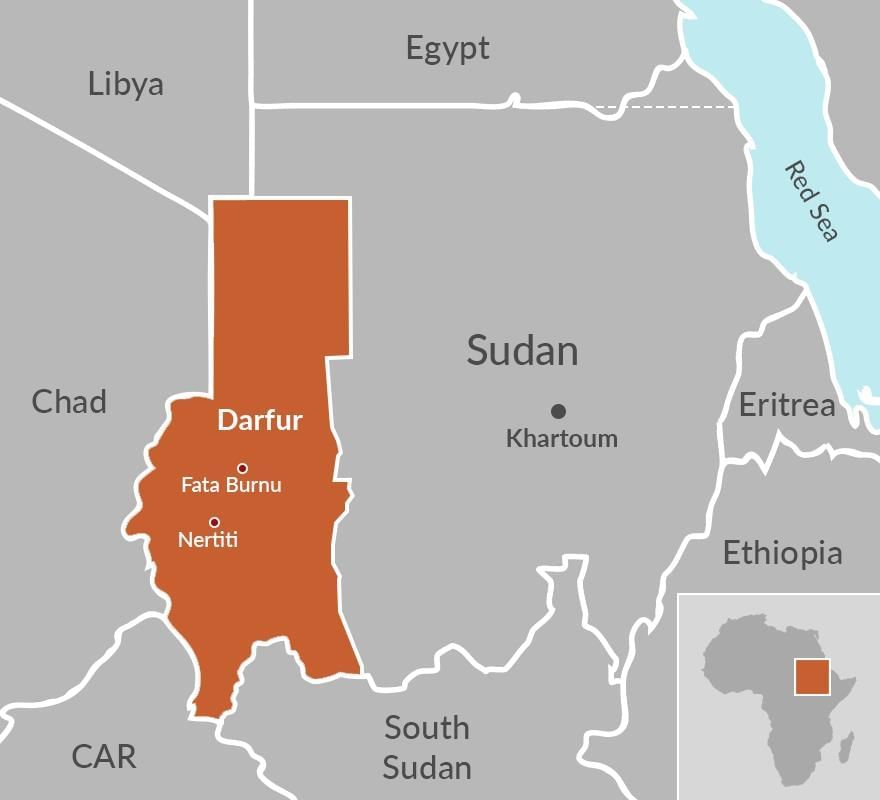 Why in News?
Why in News?
Recent reports indicate that at least 70 individuals lost their lives in a drone strike targeting the last functional hospital in the capital of North Darfur, Sudan, highlighting the ongoing humanitarian crisis in the region.
- Darfur has been a conflict-prone area since 2003, characterized by ethnic violence and resource disputes.
- The region is known for being one of the world's most severe humanitarian crises, marked by mass killings and widespread displacement.
Additional Details
- Ethnic Composition: Darfur is home to multiple ethnic groups, primarily involving tensions between Arab pastoralists and non-Arab farming communities.
- Militant Groups: The Janjaweed militias, supported by the Sudanese government, face accusations of genocide and mass atrocities.
- The Rapid Support Forces (RSF), which evolved from the Janjaweed, are central to the ongoing instability in the region.
- In 2023, renewed violence exacerbated the already dire humanitarian situation.
Geographical Location
- Darfur is located in western Sudan, bordering Chad, Libya, and the Central African Republic.
- The region spans approximately 493,180 sq. km, nearly the size of France.
- It features predominantly arid and semi-arid lands, with desert in the north and more fertile areas in the south.
- Climate-related water and grazing conflicts are prevalent, worsened by desertification and climate change.
- Darfur comprises five states: North, South, West, Central, and East Darfur, with El Fasher as the capital and largest city, serving as an administrative and humanitarian center.
Political Significance
- The region has faced political marginalization for decades, fueling armed uprisings against the Sudanese government.
- Conflict escalated with the emergence of rebel groups such as the Sudan Liberation Movement (SLM) and the Justice and Equality Movement (JEM), which demand greater autonomy.
- Darfur remains a stronghold of rebel activity, contributing to the broader instability within Sudan.
- The ongoing violence adversely affects regional security, impacting neighboring countries like Chad and the Central African Republic.
GS3/Economy
Rythu Bharosa Scheme
Source: Indian Express
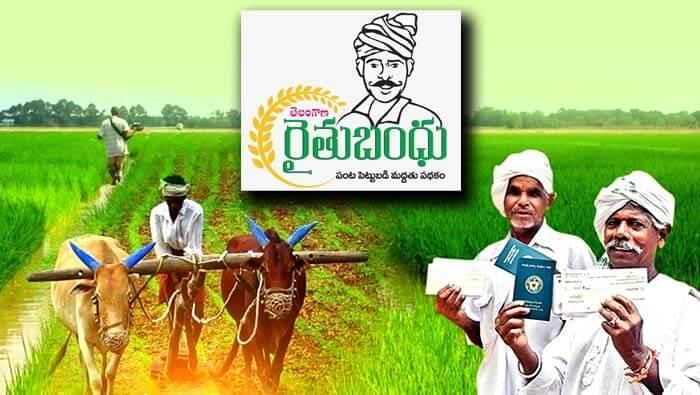 Why in News?
Why in News?
The Telangana government has initiated the distribution of funds under the Rythu Bharosa Scheme, also known as the Farmer’s Investment Support Scheme (FISS). This program is significant as it represents a pioneering approach in India to directly support farmers financially.
- The Rythu Bharosa Scheme was launched in 2018 to provide direct financial assistance to farmers.
- This scheme is the first of its kind in India, where cash is transferred directly to farmers before each crop season.
- The main objectives include reducing financial burdens, enhancing agricultural productivity, and preventing farmers from falling into debt due to high input costs.
Additional Details
- Financial Assistance: Each farmer receives ₹5,000 per acre per crop season, totaling ₹10,000 per acre annually for two crop seasons.
- The funds are provided before the sowing season, enabling farmers to plan their investments effectively.
- There is no restriction on the size of landholdings, allowing both small and large farmers to benefit from the scheme.
- Eligibility Criteria: Only resident farmers of Telangana who own agricultural land are eligible. Scheduled Tribe (ST) farmers with Record of Forest Rights (ROFR) documents can also receive assistance. Tenant farmers, commercial farmers, and those under contractual farming agreements are not eligible.
- Funds are disbursed through bank bearer cheques under the supervision of Agriculture Extension Officers to ensure transparent distribution.
The Rythu Bharosa Scheme is a crucial initiative aimed at supporting farmers in Telangana by providing them with the necessary financial resources to enhance their agricultural practices and secure their livelihoods.
GS2/Governance
One Nation, One Time
Source: Times of India
 Why in News?
Why in News?
The Indian government has proposed new rules that mandate the exclusive use of Indian Standard Time (IST) for all official and business activities in order to ensure uniform timekeeping across the country. The Consumer Affairs Ministry is currently seeking public feedback on these proposed regulations.
- Mandatory use of IST for all official documents.
- Prohibition on alternative time references for official purposes.
- Collaboration with scientific institutions like NPL and ISRO for time synchronization.
- Penalties for non-compliance with the new rules.
Additional Details
- Mandatory Use of IST: The rules require IST to be the sole time reference for legal, administrative, commercial, and official documents across sectors such as commerce, transport, and public administration.
- Prohibition on Alternative Time References: The draft rules ban any time references besides IST for official and commercial purposes, with exceptions allowed only for specific fields like astronomy and navigation, subject to prior government approval.
- Display and Synchronization Requirements: Government offices must display IST prominently and implement time-synchronization systems to ensure accuracy and security.
- Collaboration with Scientific Institutions: The Department of Consumer Affairs is partnering with institutions like the National Physical Laboratory (NPL) and ISRO to develop a system for accurate time generation and dissemination.
- Penalties and Compliance Monitoring: The rules include penalties for violations and regular audits to ensure compliance across various sectors.
The introduction of these rules aims to standardize timekeeping in India, enhance critical infrastructure, support technological advancements, and address national security implications by ensuring synchronized operations across various sectors. The transition to a unified time system, however, poses challenges such as technological integration, coordination across diverse sectors, and the need for public and business awareness.
GS2/International Relations
Mapping: Lao PDR
Source: WHO
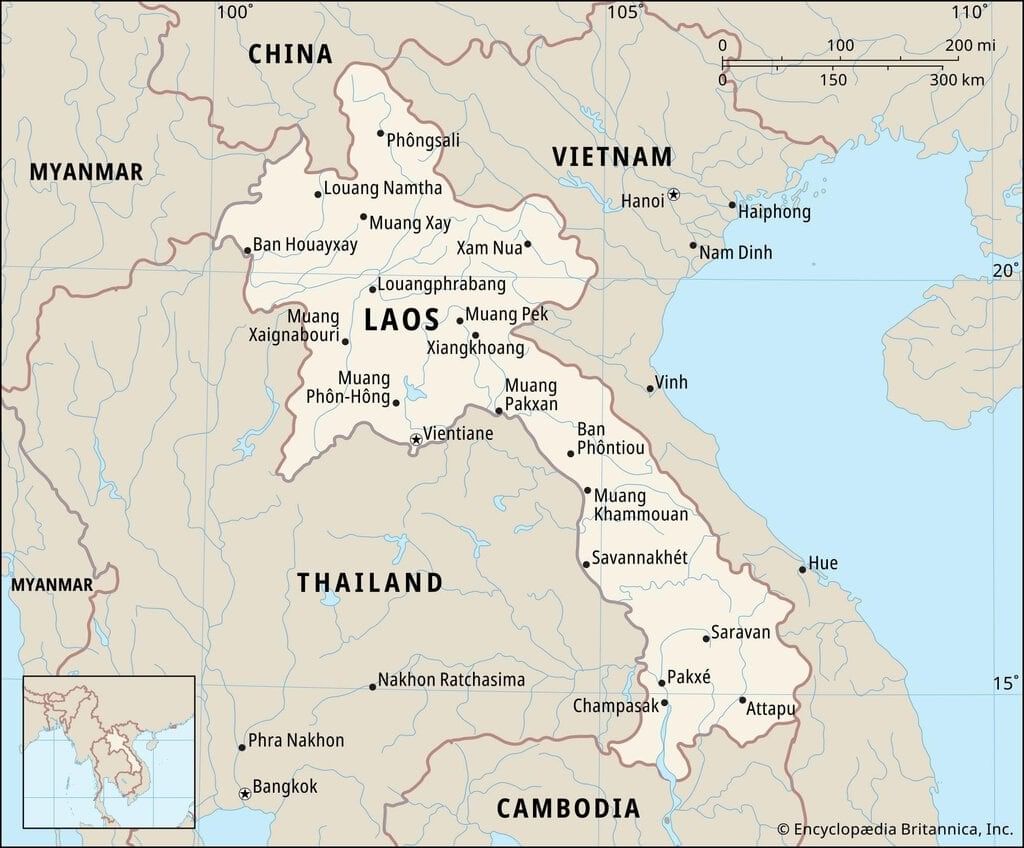 Why in News?
Why in News?
The Indian Embassy in Lao PDR has effectively rescued 67 Indian nationals who were trafficked and coerced into working in cyber scam centers located within the Golden Triangle Special Economic Zone (GTSEZ). This zone is situated in Bokeo Province, near the borders of Thailand and Myanmar, and is notorious for illegal activities.
- The GTSEZ is a semi-autonomous economic zone with a history of human trafficking and cyber fraud.
- Lao PDR is a landlocked country in Southeast Asia, bordered by China, Vietnam, Cambodia, Thailand, and Myanmar.
- The nation gained independence from France in 1953 and has been under a one-party communist regime since 1975.
Additional Details
- Geographical Context: Lao PDR is characterized by its mountainous terrain and dense forests, covering an area of 236,800 sq. km. The Mekong River, which flows through the country, is vital for trade, agriculture, and hydropower projects.
- Political Structure: The country has been ruled by the Lao People’s Revolutionary Party (LPRP) since 1975, maintaining a one-party system that influences its economic and social policies.
- Economic Challenges: Despite economic growth driven by hydropower, mining, and agriculture, Lao PDR remains one of ASEAN’s least developed nations, facing significant economic distress due to high debt and inflation linked to Chinese-backed infrastructure projects.
- China's Influence: The country is a major recipient of Chinese investment under the Belt and Road Initiative (BRI), raising concerns about debt sustainability.
- ASEAN Membership: Lao PDR joined ASEAN in 1997, contributing to regional diplomacy and economic cooperation.
Lao PDR's strategic location and ongoing economic challenges highlight the complexities of its political landscape and its interactions with neighboring countries, particularly in light of its history as one of the most heavily bombed nations per capita during the US Secret War from 1964 to 1973.
GS2/International Relations
The Budget Pipeline and India’s Foreign Policy Ambitions
Source: The Hindu
Why in News?
The recent budget allocated to India’s Ministry of External Affairs (MEA) is noteworthy. In the previous year, the MEA budget experienced a remarkable 23% increase, contrasting with the modest 4% annual growth observed between 2017 and 2023. This increase not only highlights the government’s foreign policy priorities but also its ambition to fulfill global commitments, particularly in the context of India’s vision of a ‘Viksit Bharat’ (Developed India) by 2047.
- The 23% budget increase indicates a strong commitment to enhancing India’s diplomatic capabilities.
- About 50% of India's foreign aid is directed towards neighboring countries, emphasizing the “Neighbourhood First” policy.
- The shift from grants to lines of credit (LoCs) signifies a strategic approach to financing infrastructure projects.
- A significant portion of the budget is aimed at strengthening India's diplomatic infrastructure.
Additional Details
- Increased Allocation for the MEA: The substantial rise in the MEA budget reflects the government’s recognition of foreign policy’s importance for global engagement.
- Focus on Neighbourhood Policy: The budget underscores India’s commitment to regional stability by prioritizing foreign aid to neighboring countries, particularly Bhutan.
- Investment in Diplomatic Infrastructure: A considerable amount of the MEA budget is allotted to embassies and missions, aiming to bolster India's presence in international diplomacy.
India’s budget not only aims to attract foreign investment but also emphasizes the importance of maintaining economic stability and fiscal discipline. However, significant challenges remain, including geopolitical tensions with China, strained relations with neighbors, and the impact of U.S.-China rivalry on India’s foreign policy. As India prepares to host the Quad Leaders’ Summit in 2025, it will be crucial to reinforce relationships with Quad partners and promote regional stability.
GS3/Science and Technology
DeepSeek: The AI Disruptor Reshaping the Industry
Source: Forbes
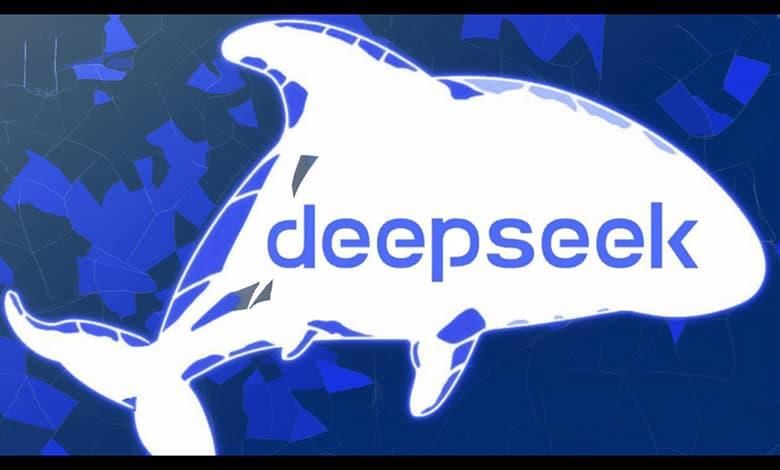 Why in News?
Why in News?
Chinese startup DeepSeek has recently made headlines by launching AI models that are competitive with leading U.S. models, but at a significantly lower cost. In December 2024, the company disclosed that it trained its DeepSeek-V3 model for under $6 million using Nvidia H800 chips. This development has led to DeepSeek's AI Assistant becoming the most highly rated free app on Apple’s U.S. App Store, surpassing ChatGPT. This success has initiated discussions regarding the substantial investments made by U.S. tech companies in AI and affected stock prices of major firms like Nvidia.
- DeepSeek's AI models challenge U.S. dominance in the AI sector.
- DeepSeek's R1 model competes effectively with OpenAI's offerings.
- DeepSeek's development costs are significantly lower than those of its U.S. counterparts.
- The company faced cyberattacks and outages after its app gained popularity.
Additional Details
- Performance and Efficiency: DeepSeek's R1 model is reportedly as capable as OpenAI's o1, particularly excelling in mathematics and coding tasks. It operates as a "reasoning" model, processing information incrementally, which helps in conserving memory and reducing operational costs.
- Censorship and Limitations: Similar to other Chinese AI systems, DeepSeek avoids discussing politically sensitive subjects. For instance, when queried about the Tiananmen Square massacre, the model declined to provide information, reflecting the censorship imposed by the Chinese government.
- Cost-Effective AI Development: DeepSeek claims its model training costs just $6 million, a stark contrast to the over $100 million spent by OpenAI on GPT-4. The founder strategically acquired Nvidia A100 chips, which are currently banned from export to China, combining them with less expensive chips for model development.
- Security Challenges: After becoming the most downloaded app on the Apple App Store in the U.S., DeepSeek encountered significant cyberattacks, which led to temporary registration restrictions and website outages.
DeepSeek's rise marks a pivotal moment in the global AI landscape, highlighting the competitive dynamics between U.S. and Chinese tech firms. As India navigates these developments, it must strategically position itself in the evolving AI race, leveraging international partnerships and fostering innovation to remain relevant.
GS2/Polity
Denotified Tribes Classification: A Step Towards Social Justice
Source: The Hindu
Why in the News?
After three years of comprehensive research, the Anthropological Survey of India (AnSI) along with Tribal Research Institutes (TRIs) has systematically categorized 268 denotified, semi-nomadic, and nomadic tribes across India for the first time.
- 268 communities have now been officially classified.
- 179 communities have been recommended for inclusion in SC/ST/OBC lists to ensure reservation benefits.
- 63 communities were found untraceable, possibly merging with other groups or changing names.
- Political implications surrounding reservations and special status are being widely debated.
Additional Details
- Historical Context: Denotified tribes were previously labeled as "criminal" under the Criminal Tribes Act of 1924, which was repealed in 1949. Subsequent commissions, including the Kaka Kalelkar Commission (1955) and the Mandal Commission (1980), attempted classifications that were not fully realized.
- Report Highlights: The Idate Commission's report in 2017 identified 1,200 denotified tribes, spotlighting 267 communities that remained unclassified, prompting the formation of a Special Committee under NITI Aayog in 2019.
- Impact on Welfare Policies: The classification allows denotified tribes to access various government welfare schemes, including educational and employment opportunities.
- Political Debates: There are two opposing views within the Development and Welfare Board for Denotified, Nomadic, and Semi-Nomadic Communities regarding inclusion in existing SC/ST/OBC lists versus forming a separate reservation category.
- Challenges: Activists are questioning the classification's basis, fearing it may affect existing reservations. Additionally, historical misclassification in census data has compounded identity and legal status issues.
The classification of denotified, semi-nomadic, and nomadic tribes marks a critical stride towards addressing historical injustices and enhancing access to welfare programs. However, complexities in the implementation process, coupled with political and legal challenges, remain significant hurdles. The forthcoming decisions from the government will significantly influence the socio-political dynamics surrounding reservation policies in India.
GS3/Science and Technology
What is Guillain-Barre Syndrome (GBS)?
Source: Indian Express
Why in News?
Recently, there has been a significant increase in the number of Guillain-Barre Syndrome (GBS) cases reported in Pune, with the count rising to 110. This alarming trend has raised concerns within the medical community and the public.
- Guillain-Barre Syndrome (GBS) is an autoimmune disorder where the immune system mistakenly attacks the peripheral nerves.
- GBS leads to muscle weakness and, in severe instances, paralysis.
- It is considered rare, affecting approximately 1-2 individuals per 100,000 people annually.
- More prevalent in adults and particularly in males.
- Commonly triggered by viral or bacterial infections, such as those caused by Campylobacter jejuni.
Additional Details
- Symptoms:
- Early signs include tingling and weakness in the legs, which can spread to the upper body, along with a pins-and-needles sensation and back pain.
- Severe cases may present with paralysis, breathing difficulties, loss of speech, and vision problems.
- Complications: GBS can affect the autonomic nervous system, potentially leading to irregular heartbeat, blood pressure fluctuations, and respiratory failure.
- Treatment:While there is no definitive cure for GBS, treatment options include:
- Plasma Exchange (Plasmapheresis): This process removes harmful antibodies that are attacking the nerves.
- Intravenous Immunoglobulin (IVIG) Therapy: Involves injecting healthy antibodies to help counteract the immune response.
- Supportive care may be necessary, including ventilator support and physical therapy, with some patients requiring rehabilitation for months to years.
In summary, Guillain-Barre Syndrome is a serious medical condition that necessitates prompt diagnosis and treatment. Awareness of its symptoms and potential complications is crucial for effective management and recovery.
GS3/Economy
The U.S.’s Immigration Blocks as a Self-Defeating Path
Source: The Hindu
Why in News?
Global competition for skilled talent is reshaping economies and innovation landscapes. The United States, historically a hub for technological advancements, has long benefited from skilled immigrants who not only fill jobs but create them. However, restrictive immigration policies, particularly concerning H-1B visas, threaten to undermine this advantage.
- Restrictive immigration policies do not lead to more job opportunities for native workers.
- H-1B visa restrictions can lead to job displacement rather than protection.
- Skilled immigrants significantly contribute to economic growth and innovation.
Additional Details
- Flawed Logic of H-1B Visa Restrictions: The notion that restricting skilled immigration will create more jobs for native workers is misguided. Data shows that such policies often lead companies to hire abroad instead.
- Job Displacement: Research indicates that for every 10 H-1B visa applications denied, U.S. companies hire an average of eight foreign workers in offshore locations, thereby relocating jobs and expertise overseas.
- Wage Suppression Myths: Contrary to claims that foreign workers suppress wages, median wages for H-1B workers were over double that of the general U.S. workforce in 2021. Moreover, hiring foreign STEM workers increases native wages.
- Economic and Technological Benefits: Each H-1B worker generates an average of 1.83 additional jobs for native workers over seven years. Specifically, immigrant-founded companies attract higher investments and create more jobs than native-founded ones.
- Impact on Innovation: Skilled immigrants are crucial for technological advancements, particularly in tech hubs. A 10% increase in foreign STEM workers correlates with a rise in native wages and patents per capita.
- Global Talent Dynamics: India, receiving 70% of H-1B visas, exemplifies 'brain circulation', where skilled professionals gain experience abroad, benefiting both the U.S. and India’s innovation ecosystems.
In conclusion, skilled immigration is not a zero-sum game; it is a vital force behind economic growth, job creation, and technological advancement. The U.S. must recognize that restricting skilled immigration undermines its own economic and technological leadership, while India must leverage its global talent network to foster domestic innovation. In an era of intense competition for talent and innovation, policies must evolve from protectionism to strategic collaboration, ensuring that knowledge economies thrive.
|
44 videos|5271 docs|1113 tests
|
FAQs on UPSC Daily Current Affairs: 29th January 2025 - Current Affairs & Hindu Analysis: Daily, Weekly & Monthly
| 1. What is substantive equality in child marriage laws? |  |
| 2. How does the concept of substantive equality impact child marriage laws in different countries? |  |
| 3. Why is it important to analyze child marriage laws through the lens of substantive equality? |  |
| 4. What are some challenges in achieving substantive equality in child marriage legislation? |  |
| 5. How can governments and organizations work together to promote substantive equality in child marriage laws? |  |
















